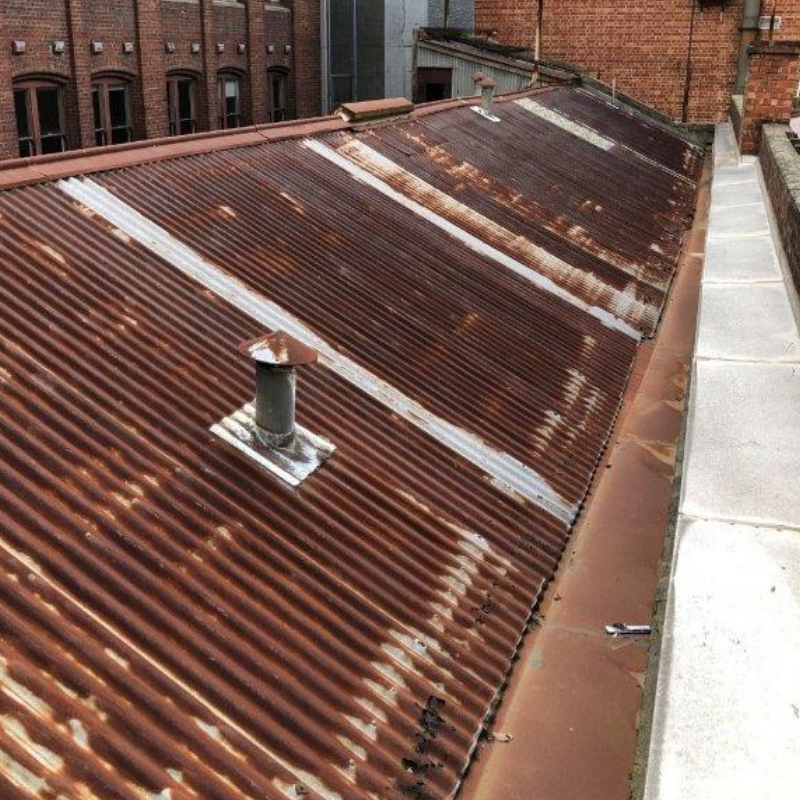Roofing is a critical element of architecture for several necessary reasons:
Protection from the Elements: One of the primary capabilities of a roof is to provide shelter and safety from environmental parts such as rain, snow, wind, and extreme temperatures. It prevents water from coming into the building, which may trigger structural damage, mildew growth, and different issues.
Structural Integrity: Roofs play a vital function in maintaining the structural integrity of a constructing. They distribute the load of the roof and any masses (e.g., snow) evenly to the walls and basis. A well-designed and correctly constructed roof ensures the steadiness and safety of the entire construction.
Aesthetics and Design: Roofs are a visual and distinguished a part of a constructing's exterior. Architects use roof design to enhance the overall aesthetics of a construction. The shape, materials, and magnificence of the roof can contribute to the architectural character and attraction of a building.
Environmental Considerations: Sustainable structure locations an emphasis on vitality efficiency and environmental accountability. Metal Re-roofing and design can impression a building's power performance. For instance, cool roofs can mirror extra daylight and take in much less heat, reducing cooling prices and concrete heat island results.
Natural Lighting and Ventilation: Roof design can incorporate options like skylights, dormers, and roof vents to offer pure lighting and air flow within a building. This can enhance indoor consolation and reduce the need for artificial lighting and mechanical air flow.

Historical and Cultural Significance: In some architectural kinds, similar to Gothic or Victorian, the roof can be a key component that reflects the historical and cultural context of a constructing. Roof details and shapes can inform a narrative about the era during which a structure was constructed.
Space Utilization: Roof design can create further usable space inside a constructing, such as attic rooms, rooftop gardens, or outside living areas. Architects often consider tips on how to maximize house and performance when designing roofs.
Energy Efficiency: Energy-efficient roofing materials and design can contribute to a building's total power performance. Proper insulation and air flow might help regulate indoor temperatures and cut back heating and cooling costs.
Safety and Fire Resistance: Roofing supplies are chosen with security in thoughts. Some materials, like fire-resistant roofing, might help prevent the spread of fires in a constructing, offering useful time for occupants to evacuate.
In abstract, roofing is a elementary facet of structure that combines useful and aesthetic considerations. It not solely protects the inside of a constructing from the weather but additionally contributes to the overall design, sustainability, and security of a structure. Architects fastidiously think about roofing materials, shapes, and features to achieve their design targets whereas making certain the consolation and well-being of building occupants..
